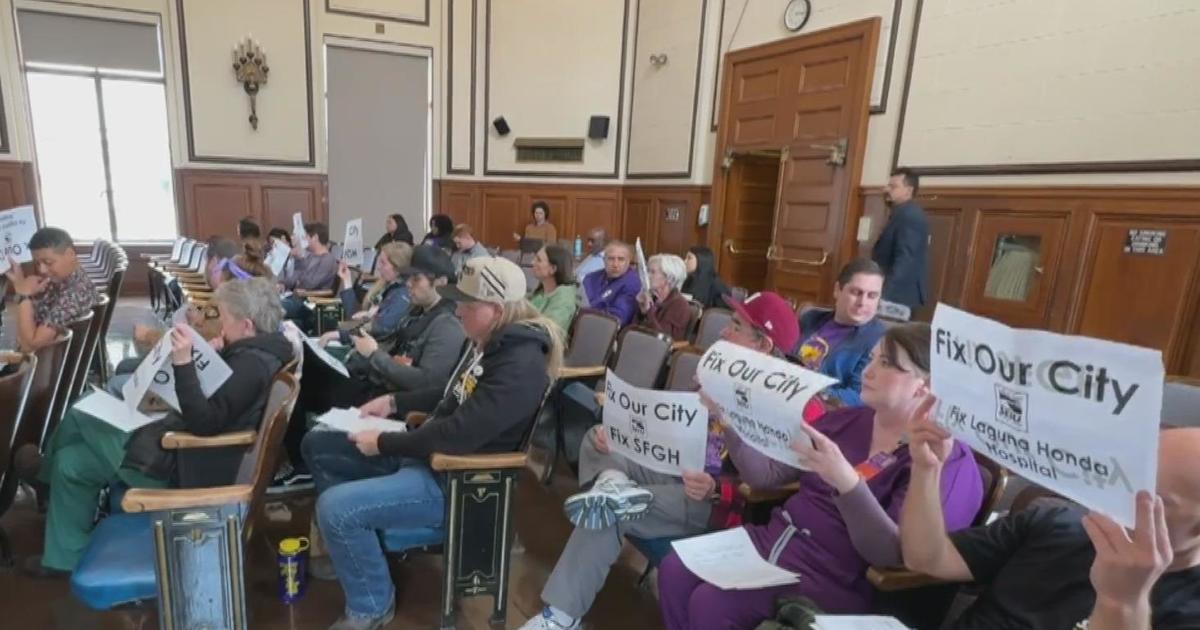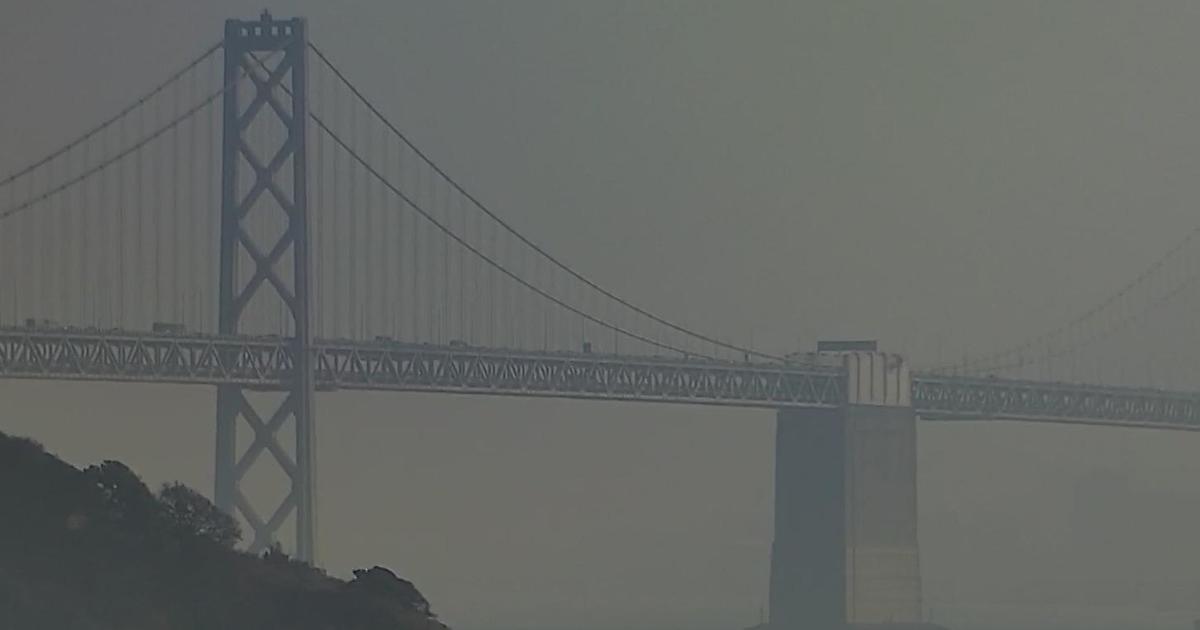Fault System Off West Coast Poses Greater Mega Quake Risk Than San Andreas
SAN FRANCISCO (CBS SF) -- For years Northern Californians have been warned that a big one could hit anytime on the San Andreas fault, but a potentially more dangerous quake and tsunami risk could be lurking off of the north coast.
The Cascadia fault system, which sits about 100 miles off shore, runs from California to Vancouver. The subduction zone is believed to have caused a 9.0 earthquake in 1700, the largest known quake ever to have hit the lower 48 states.
"The earthquake set off a tsunami that not only struck Cascadia's Pacific coast, but also crossed the Pacific Ocean to Japan, where it damaged coastal villages. Written records of the damage in Japan pinpoint the earthquake to the evening of January 26, 1700," according to the United States Geological Survey account of the quake.
- Big One' Still Predicted After Magnitude 8.2 Chile Earthquake
- Small Earthquake Shakes Area North Of Clear Lake
Last fall, a group studying the region released a study of the potential damage of such a quake hitting now.
"The Cascadia subduction zone could produce an earthquake as large as the magnitude 9.0 event that devastated the east coast of Japan in 2011," reads the report from the Cascadia Region Earthquake Workgroup, which says such a quake would likely have a lower death toll than the Japanese quake due to our relatively sparse population along much of our coastline.
The quake risk is so great because the West Coast sits largely on the North American Plate, but it is being continuously against a series of plates in the Pacific: the Juan de Fuca Plate off the coasts of Washington and Oregon, the Explorer Plate off British Columbia, and the Gorda Plate off northern California. The study points out that the Juan de Fuca, Explorer, and Gorda plates contain denser rock than the North American Plate and are driven beneath it in a process known as subduction.
"The earthquake that many scientists and emergency planners anticipate is modeled on the zone's last major quake: the entire fault zone ruptures from end to end, causing one great earthquake measuring magnitude 9.0," reads the CREW study. "The ground is expected to go on shaking for four to six minutes."
That destructive force would likely be followed within minutes by an equally dangerous tsunami similar to the Indian Ocean waves that killed 230,000 people a decade ago.
"Once it hits shore, a single tsunami wave can take as much as an hour to finish flowing in. The height of the wave and how far inland it travels will vary with location: In places along Cascadia's coast, the tsunami may be as high as 30–40 feet," reads the report.
In Seattle, Vasily Titov leads a team of scientists at the National Oceanic and Atmospheric Administration which studies this movement and looks for ways to warn coastal residents of such a wave.
CBS reporter John Blackstone asked him about the warning technology, "On the San Andreas fault, we're waiting for the big one. On the Cascadia fault, we're waiting for the really big one?"
"That's a very good way to put it…Looking at the video recordings in Japan, you may picture what will happen in our coastlines."
His team is working to enhance the warning system in the event of a tsunami. Recent quakes have shown success in their latest tsunami warning system. Check out this video to see how it works:
No such system was in place 50 years ago this month when a massive magnitude 9.2 earthquake hit Alaska, generating a tsunami that wiped out much of Crescent City. Since then researchers have made great strides in quake and tsunami detection, but implementing those tools has proven difficult and costly.
"I can tell you that we do have technology to produce very accurate and…[a] timely forecast. The science is there. Implementing the science into operations is a huge task," said Titov.



